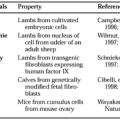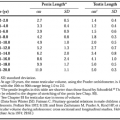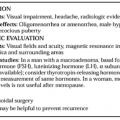SYNTHESIS AND METABOLISM OF CORTICOSTEROIDS
Perrin C. White
The adrenal glands are endocrinologically complex organs that are composed of two distinct endocrine tissues derived from different embryologic sources1 (see Chap. 71). The adrenal cortex (outer layer) constitutes 80% to 90% of the gland and is the
source of the steroid hormones, whereas the adrenal medulla is the source of catecholamines. Although the adrenal cortex and medulla are in close proximity, they function independently. This chapter describes the biosynthesis, metabolism, mechanisms of action, and regulation of the steroid products of the adrenal cortex.
source of the steroid hormones, whereas the adrenal medulla is the source of catecholamines. Although the adrenal cortex and medulla are in close proximity, they function independently. This chapter describes the biosynthesis, metabolism, mechanisms of action, and regulation of the steroid products of the adrenal cortex.
Three major groups of hormones are produced by the adrenal cortex: mineralocorticoids, glucocorticoids, and sex steroids. Mineralocorticoids are produced primarily by the zona glomerulosa; glucocorticoids are produced by the zona fasciculata; and sex steroids originate primarily from the zona reticularis. The hormonal products of the adrenal cortex share cholesterol as a common precursor. Cholesterol is also the precursor for the gonadal steroids, vitamin D and derivatives, and the bile acids.
Stay updated, free articles. Join our Telegram channel

Full access? Get Clinical Tree






